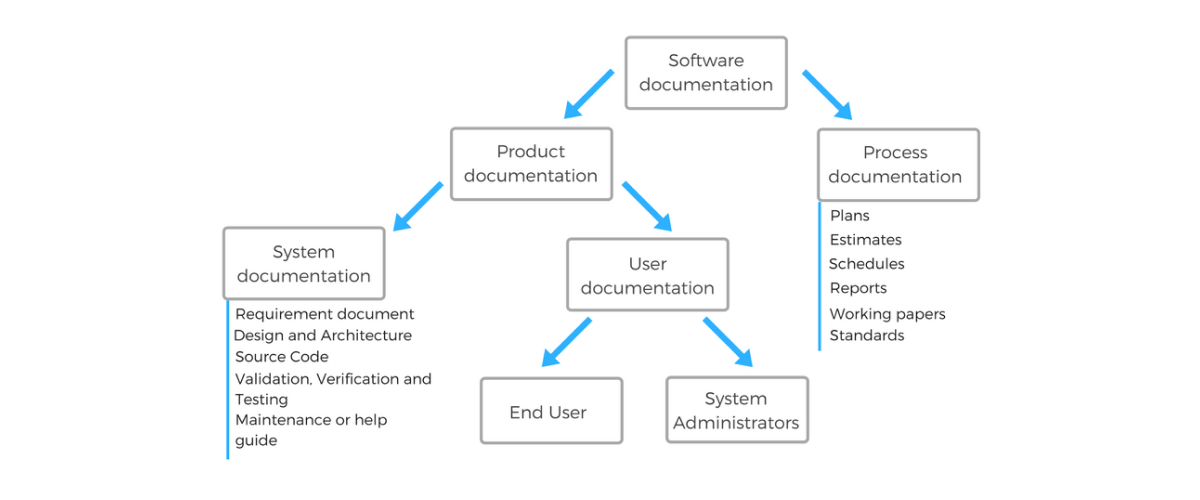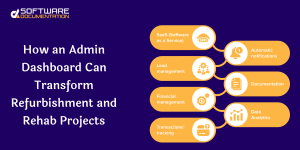Introduction
Documentations are very important in any IT project since they establish a bridge between the developers, the end users and the rest of the people interested in the outcome of the project. Documentation is always important, whether you’re writing a user manual, API documentation, or troubleshooting guide because it makes your IT project clear, easily changeable, and infinitely expandable. A direct entry into the type of software documentation, how it is done, tools used, and automation of the same is provided in this guide to ensure the efficiency of IT workers.
Why Is Software Documentation Important in IT Projects?
The techniques used in IT projects and software documentation serve as a middleman between the technical and the remaining nitty gritty of what the client wants. It provides essential information to:
Developers: Knowing how the project should be built, and what will happen when you press that button, these are some of the challenges when going the outsourcing route.
End-users: Creating the software and then coping with it using manuals.
Stakeholders: Posing project objectives and defining the nature and performance of the project as well as demonstrating a delivery of the project.
Support Teams: Self-help guides that are not more than documenting steps that enable you to solve problems.
Effective documentation results in a project that is comprehensible as well as serviceable to later needs which decreases costs such as on boarding, training and maintenance.
Types of Software Documentation in IT Projects
The first step to building a comprehensive suite of resources is to understand the types of software documentation. Here’s a breakdown:
1. User Documentation
- User Manuals: How to use the software (step-by-step).
- Quick Start Guides: Simple instructions for beginners to practice the software product.
- FAQ Sections: A document created to address some of the most common user queries.
2. Technical Documentation
- API Documentation: Endpoints, parameters, and responses are explained in detail.
- System Architecture Documents: An outline of a structure and design of the system architecture documented for user ease.
- Code Comments: A type of technical document where the writer uses Javascript shortcodes instead of actual code to make the purpose of the code more clear.
3. Project Documentation
- Requirements Documents: Describe the functions and nonfunctions the system should provide.
- Design Documents: Detailed designs of modules and interface.
- Testing Documents: Results, reports, and test cases.
4. Troubleshooting Guides
- Error Logs: The writer documents common errors and their resolutions.
- Knowledge Bases: Hub for troubleshooting resources to be stored in centralised repositories.
- Maintenance Guides: Details for system updates and repairs.
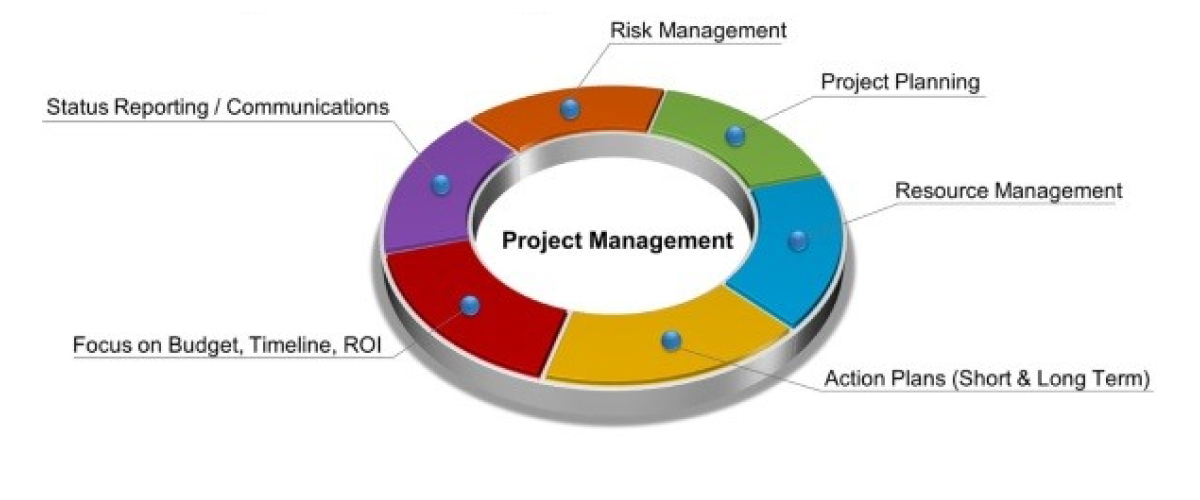
Best Practices to create Software Documentation in IT Projects
To create software documentation, best practices need to be followed. Here are some essential tips:
1. Define Your Audience
- Know to whom the documentation will be used (developers, end-users or stakeholders).
- It will guide them to consume and understand the content’s complexity and focus on their needs.
2. Plan the Documentation Process
- Decide what things need to be documented at every project stage.
- Make space and time for documentation creation.
3. Use Clear and Concise Language
- When necessary, use jargon.
- Cut complex concepts into bite sized pieces.
4. Organize Information Logically
- It uses headings, subheadings and bullet points for easy navigation.
- Table of contents for long documents.
5. Leverage Visual Aids
- Then use diagrams, flowcharts and screenshots to cover your explanations with textual explanations.
- Visual aids must be labelled and described well.
6. Keep Documentation Up-to-Date
- Review, update documentation regularly, if changes occur in software, also.
- Also add a bit of tracking the update via version control.
7. Encourage Collaboration
- Team members must be involved in the documentation process.
- You want to let users review and edit your work by using collaborative tools.
8. Adopt Consistent Formatting
- Have uniform fonts, colours and styles.
- You may want to stick to a template for a consistent look across documents.
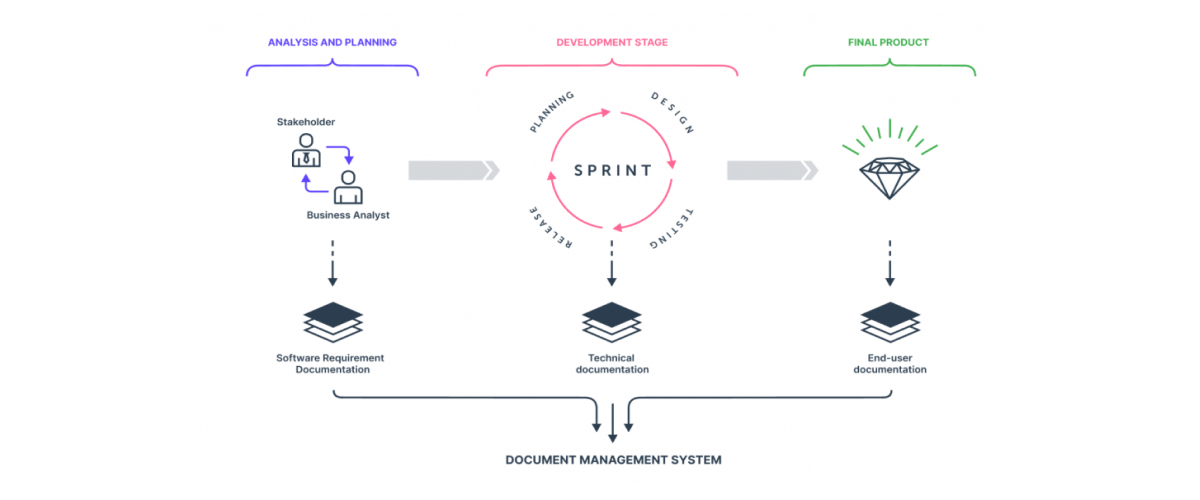
Tools for Creating Software Documentation
Improperly documented software can be a serious issue, but there are a lot of right tools that can make a huge difference in the speed and quality of software documentation. Here are some top recommendations:
1. Technical Writing Tools
- Confluence: Good for combining multiple people’s documentation into one project.
- Notion: A versatile tool for document organisation and sharing.
2. API Documentation Tools
- Swagger: It creates interactive API documentation.
- Postman: Provides easy documentation from API requests.
3. Version Control Systems
- Git: It monitors changes in code and the documentation.
- Bitbucket: It offers integrated version control together with collaboration features.
4. Knowledge Base Tools
- Zendesk Guide: Collects knowledge statements on a centralised basis.
- Helpjuice: Specially dedicated to internal and external knowledge sharing.
5. Markdown Editors
- Typora: A simple Markdown editor for technical documentation.
- Obsidian: Flexible linking and organizing of content.
6. Diagramming Tools
- Lucidchart: It’s great for creating system diagrams.
- Draw.io: Free tool to create a quick and easy diagram.
Automating Documentation Processes
Manual effort can be reduced with its automation and software documentation can be consistent. Here are some techniques:
1. Code-to-Documentation Generators
- Many tools (such as Doxygen and JSDoc) can generate documentation directly from code comments.
2. Template-Based Documentation
- Therefore, the documentation often needs to be standardized using predefined templates.
3. Integrated Documentation Tools
- Built in to IDEs such as Visual Studio Code, you use their documentation plugins and docs open right there in your IDE.
4. Continuous Documentation
- Include documentation updates into the CI/CD to be sure that it extends with the software’s usage.
5. AI-Powered Tools
- Use tools such as Grammarly when you are proofreading and even ChatGPT to compose the content.
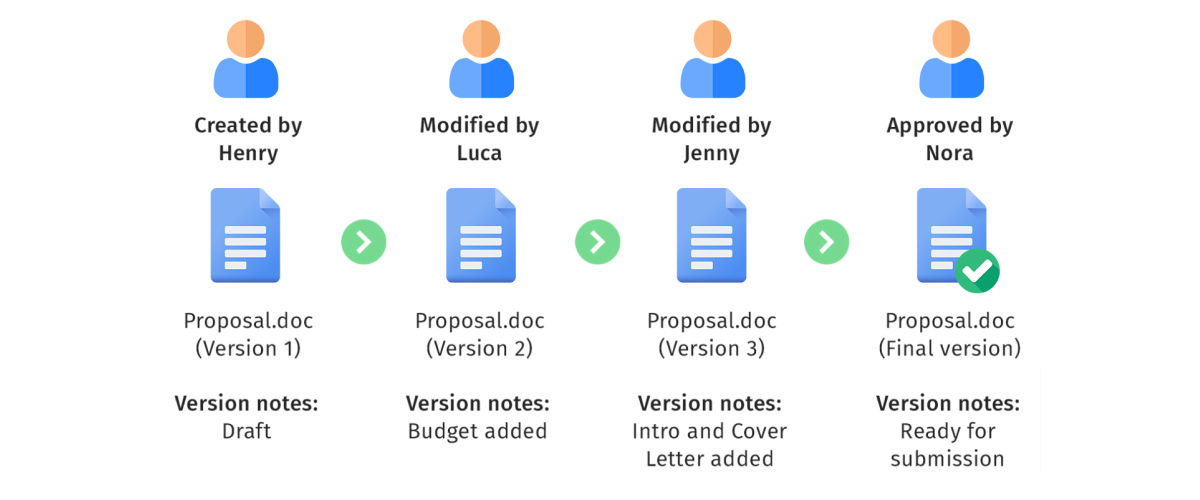
Challenges in IT Project Documentation and How to Overcome Them
1. Time Constraints
- Solution: Begin documentation when ideas are in the early stages of form and add progressively as the form of ideas stabilises.
2. Lack of Expertise
- Solution: Either (a) train team members or (b) hire technical writers.
3. Maintaining Relevance
- Solution: Create a review cycle to make sure you have up to date documentation.
4. Collaboration Gaps
- Solution: Collaboratively lunching on good apps and having teams involved is recommended.
Conclusion
Software documentation is an essential attribute of successful IT projects. This not only bridges the gap between technical teams and end users but also guarantees that we keep projects long after they’re live. Know the type of documentation, follow best practises, use the perfect tools, and automate right techniques of creating effective resources that improve communication, collaboration, and project efficiency reduce the effort.
FAQs
1. What is software documentation in IT?
Documentation in IT in relation to the software is all the written or visual content for what the software does. Resources included in the package are user manuals, package documentation (API documentation), troubleshooting guides, and technical specifications.
2. What are the best practices for creating software documentation?
Best practice is to know who your audience is, speak in clear language, organize the information logically, use visuals, and keep the documentation fresh.
3. Which tools are best for software documentation?
Confluence, Swagger, Postman, Git, Zendesk Guide, Lucidchart, and Markdown editors like Typora are all popular tools.
4. How can I automate software documentation?
Automation techniques for their part are based on the use of code to documentation generators, templates based systems, or on integrating updates into the CI/CD pipeline. Writing can additionally be helped by AI powered tools for drafting and proofreading.
5. Why is documentation important for IT projects?
Documentation ensures the communication, onboarding, troubleshooting, maintainability, and scalability of IT projects.

